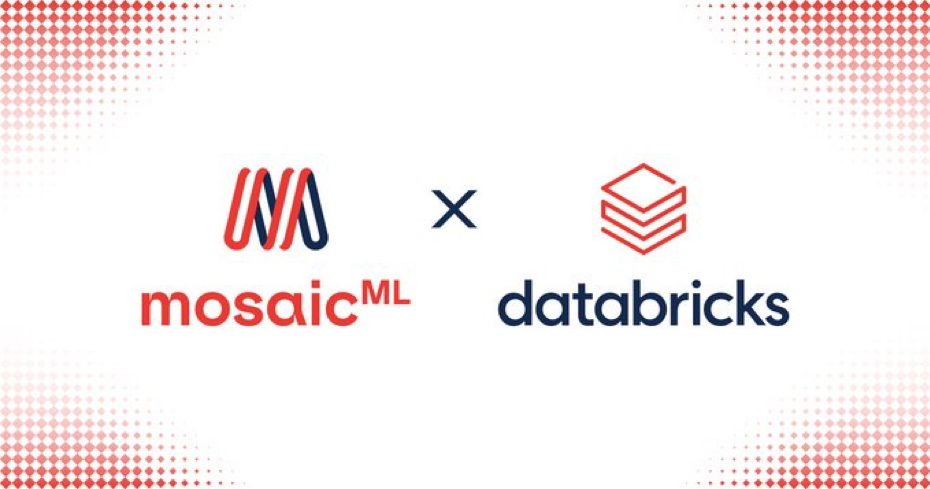
(This post is part of my “This Week in AI” series, which is general off-the-cuff market commentary. I’m not an investor in either MosaicML or Databricks)
$21M per employee. That’s the price Databricks is paying for MosaicML — a total of $1.3B for 62 employees (in Databricks stock, and also includes employee retention packages).
One thing is clear – if you’re going to be aggressively acquiring Generative AI startups, you’re going to have to pay up
But it may turn out to be cheap in the long term given the size of the opportunity.
That’s because, beyond any Generative AI capabilities, Databricks’ move needs to be understood in the broader context of its fierce rivalry with Snowflake.
(Some aspects of that rivalry are a little silly – they (mysteriously) scheduled their big conferences on the same exact dates this week.)
Both are vying to be the new data clouds, the most gigantic enterprise market.
It’s become obvious that winning that market means being the best data repository (warehouse, data lake, data lakehouse) AND the place where enterprises do all their data science and ML/AI work.
Both Databricks and Snowflake have been beefing up their ML/AI capabilities.
Some of it is homegrown: Databricks historically has had an ML/AI offering. It also recently released Dolly, its own LLM.
Some of it is through partnerships: for example, Dataiku, the leading pure play enterprise AI platform for Global 2000 companies, is a top ML/AI partner for both companies.
Some of it is through acquisitions: Snowflake acquired Streamlit for $800M last year and AI search company Neeva for $150M this year. Databricks has made several acquisitions as well, MosaicML being the biggest one so far.
The chess (and mind) games between Snowflake and Databricks are fascinating – and there’s a lot more coming!
Note: I’m just using the price per employee as a proxy to indicate this is a big acquisition for a still small company. I’m not suggesting the acquisition was an acqui-hire – I don’t have direct knowledge of what Mosaic had built to date other than what’s in the press, but it seemed promising.

